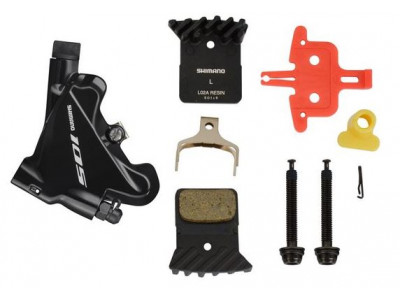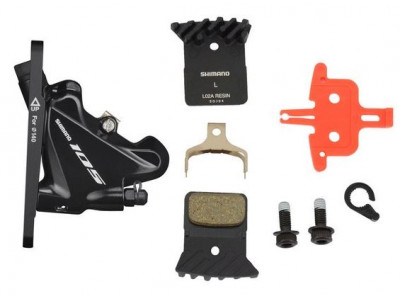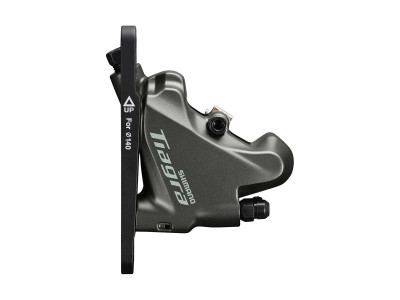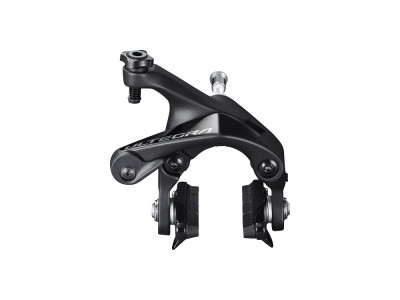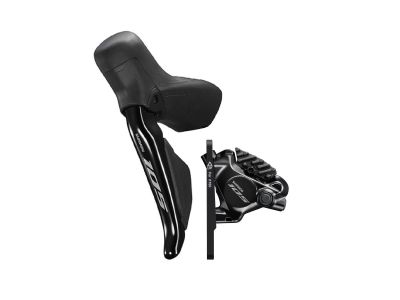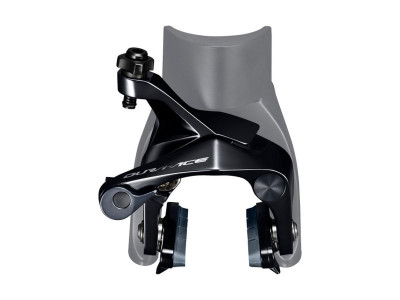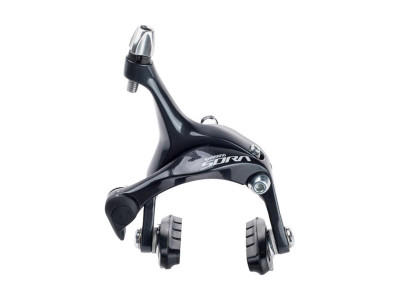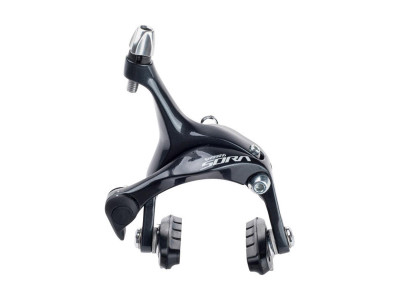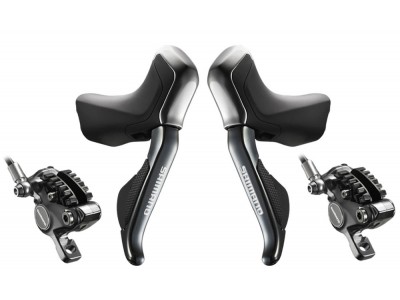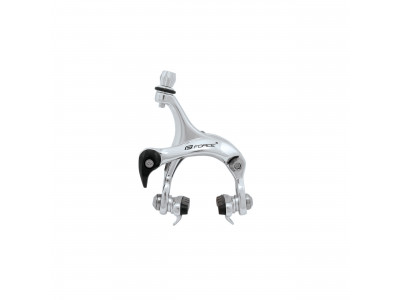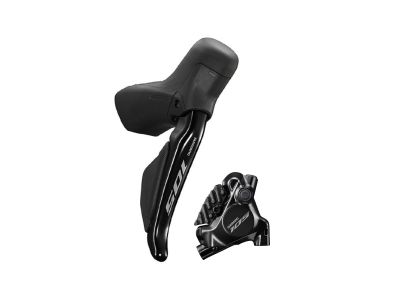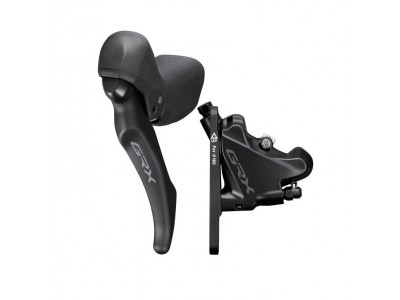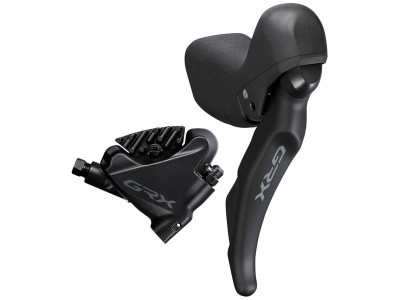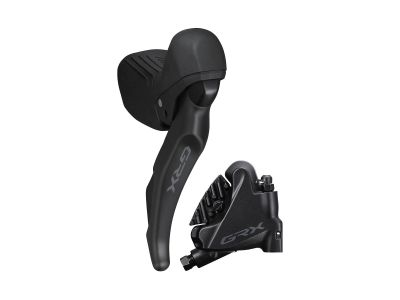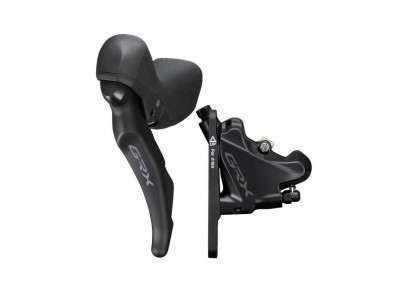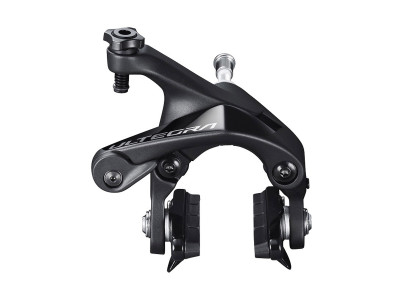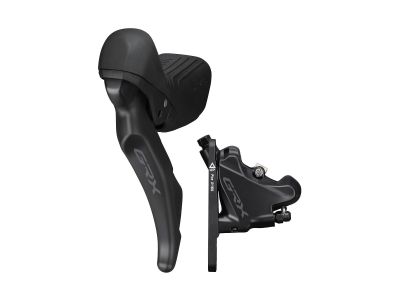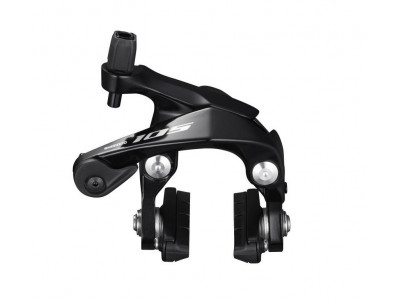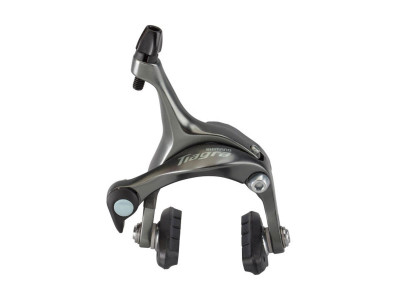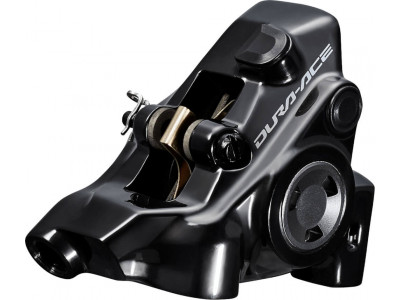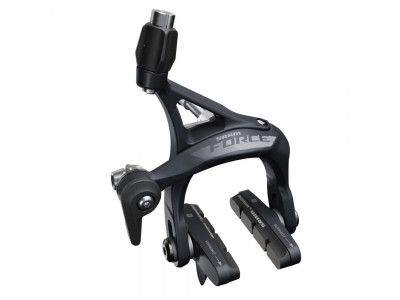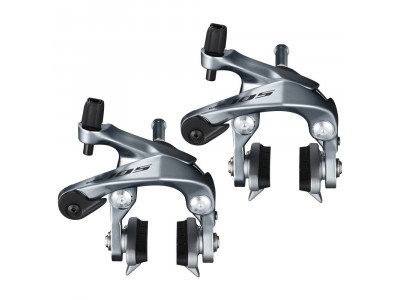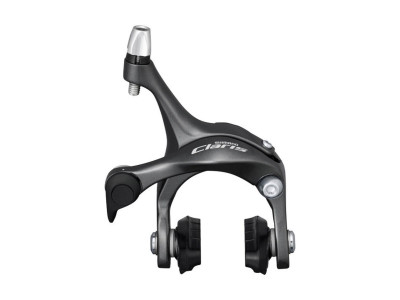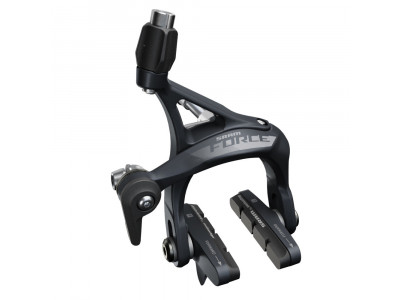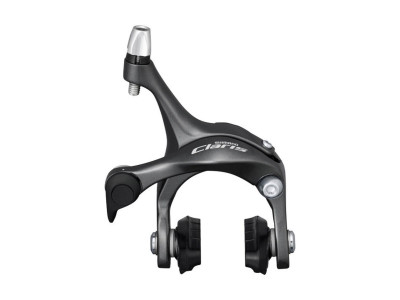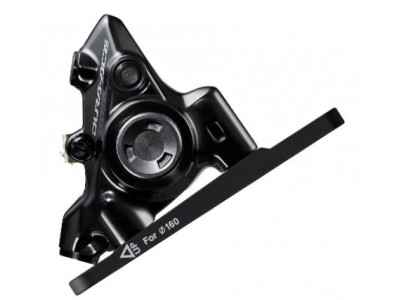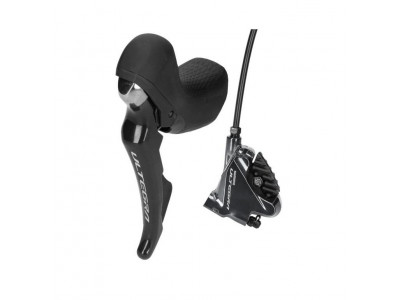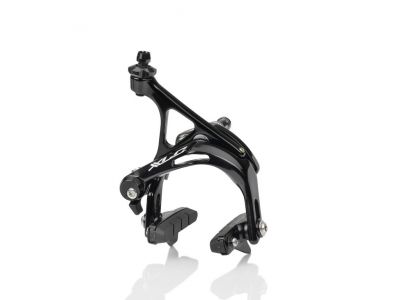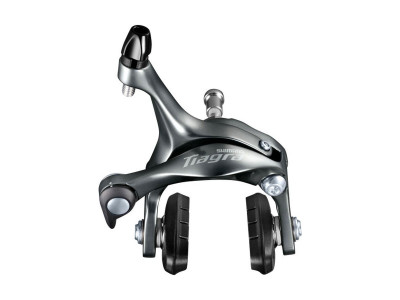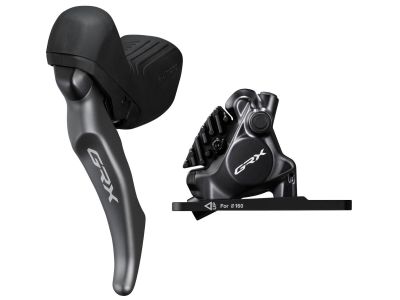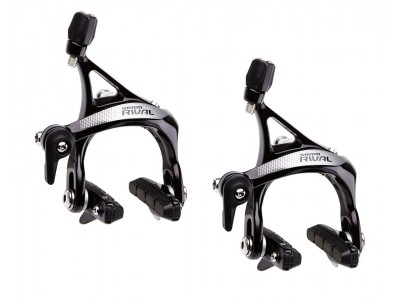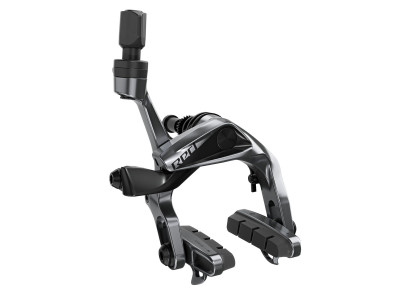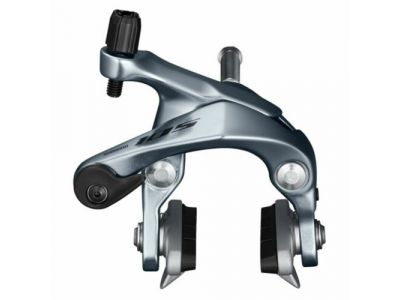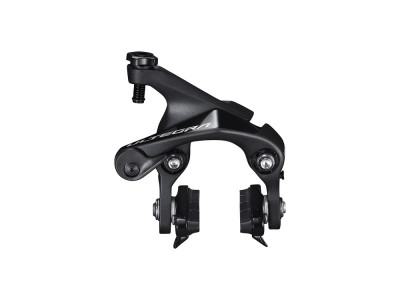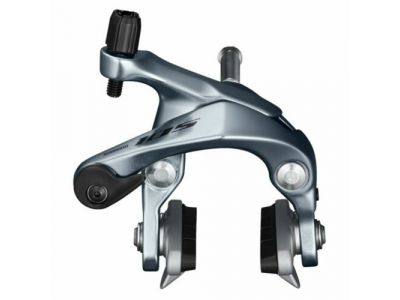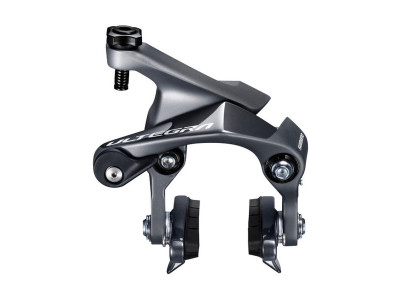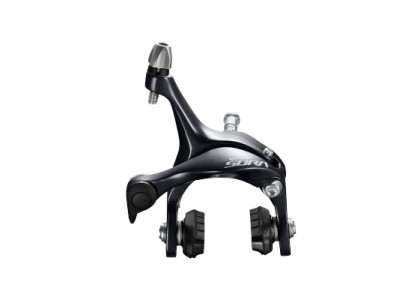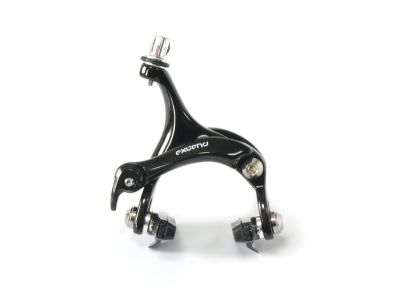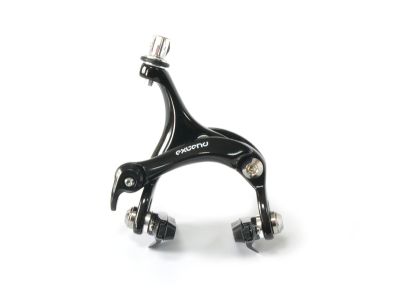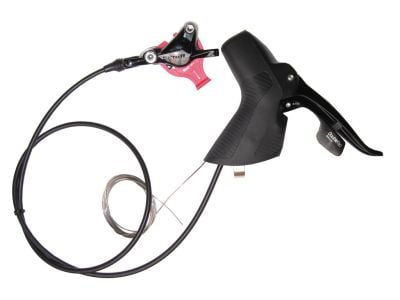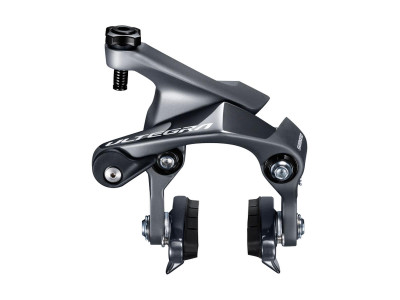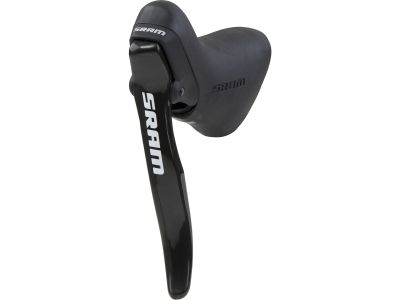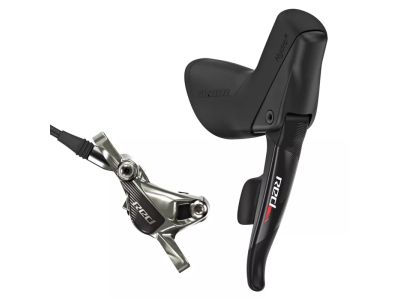Quality brakes are an important part of every road bike, because they guarantee its safe deceleration and stopping. Two common types of brakes used on road bikes are rim brakes and disc brakes. When choosing road bike brakes, consider factors such as riding style, road conditions and personal preference. The type of brakes you pick should ultimately match your specific riding needs.
Disc brakes are known for their consistent performance in all weather conditions, making them an excellent choice for riders in a variety of climates.
Rim brakes are still widely used and are popular for their light weight and aerodynamic properties, making them a popular choice for road racing.
What to consider when choosing brakes for a road bike?
Road cycling is a specific discipline that may require specific characteristics of some components. The following factors should be considered when choosing brakes for road bikes:
- Brake type: The two main types of road bike brakes are caliper brakes and disc brakes. Caliper brakes are traditional rim brakes that brake by friction against the wheel rims, while disc brakes use a rotor and caliper system.
- Performance: Braking performance is the deciding factor. Disc brakes generally offer better braking performance and modulation, especially in wet or muddy conditions. Caliper brakes may provide sufficient stopping power, but may not be as effective in adverse weather conditions.
- Weight: Weight is an important factor in road cycling, especially on bikes that are geared towards racing or climbing. Caliper brakes are typically lighter than disc brakes because they have fewer components. However, the difference in weight may not be significant for most riders.
- Maintenance: Consider the difficulty of maintenance. Caliper brakes are typically easier to maintain and adjust, while disc brakes may require regular adjustments, bleeds, and brake pad replacements.
- Compatibility: Check the compatibility of the brakes with the frame and fork. Not all road bike frames and forks are designed to be suitable for disc brakes. Make sure the bike has the necessary mounting points for the type of brake you choose.
What brakes do professional road cyclists use?
Nowadays, most professional road cyclists use disc brakes. Disc brakes have gained popularity in road cycling due to their excellent performance, especially in wet and demanding conditions. Professional riders appreciate the consistent and reliable braking effect of disc brakes. However, it is important to note that there are still professional road cyclists who prefer caliper brakes, especially in races with flat and dry conditions. The choice of brake type ultimately depends on personal preference and the specific requirements of the race.
What components do road bike brake kits usually contain?
A set of road brakes usually includes the following components:
- Brake calipers: This is the main braking mechanism that attaches to the frame or fork of the bicycle. They consist of two arms that push on the rim or pistons in the caliper that push on the rotor to slow or stop the bike.
- Brake levers: Mounted on the handlebars, the rider presses them to activate the brakes. They are connected to the brake calipers using cables or hydraulic lines.
- Brake pads: These are replaceable rubber blocks or composite pads that contact the rim or rotor to provide friction and stop the bike. Both brake pads and rubber bands wear out over time and must be replaced regularly.
- Brake cables or hydraulic hoses: These transfer the pulling force from the brake levers to the brake calipers. Cable-actuated brake systems use steel cables, while hydraulic systems use fluid-filled hoses for better modulation and control.
- Mounting hardware: These include screws, washers, and other necessary components to securely attach the brake calipers to the frame or fork.
When deciding and choosing brakes for your road bike, we recommend reading several reviews that can help you.
